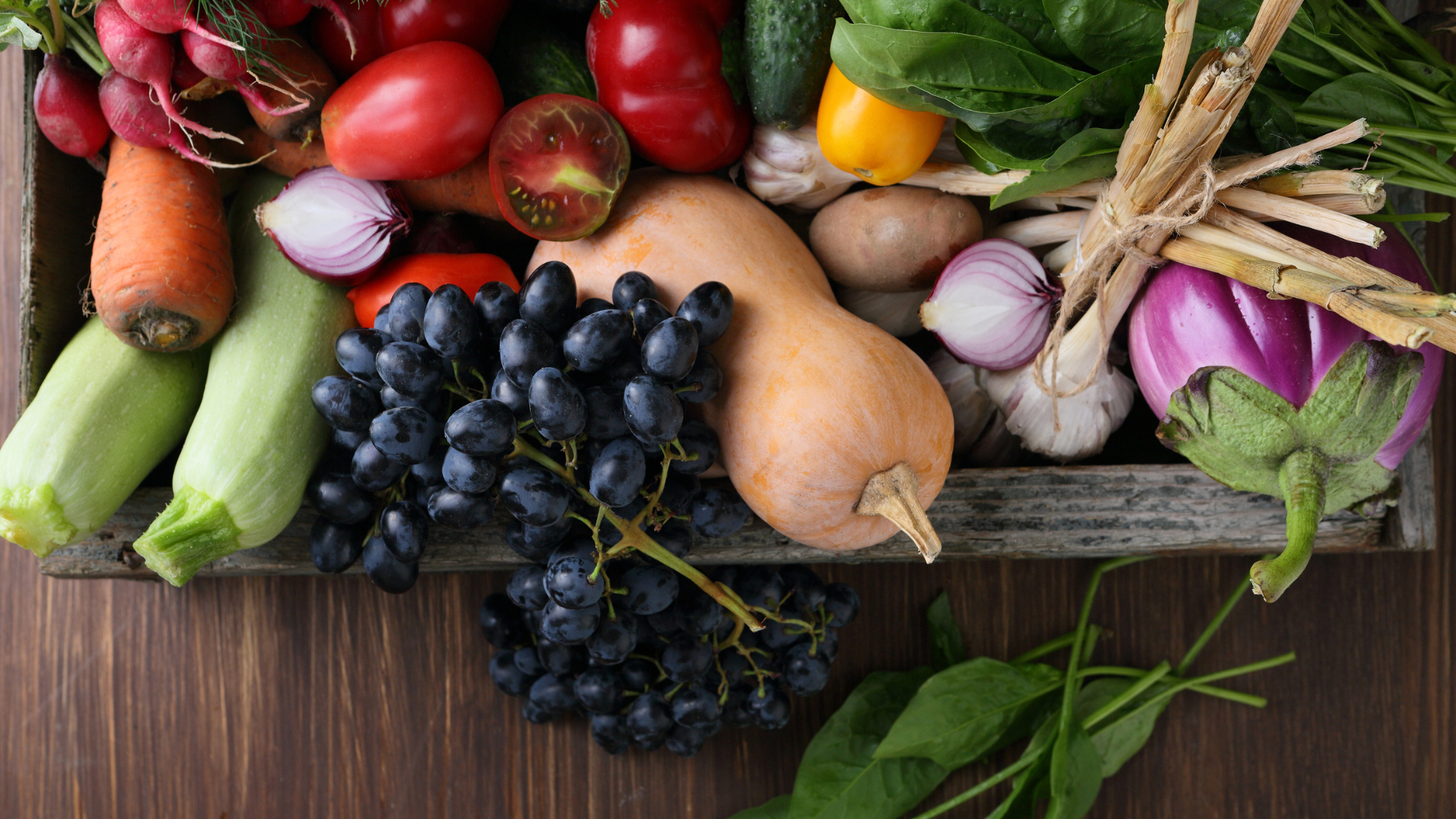Have you ever been told that you shouldn’t eat the peels on your fruits and vegetables? If so, you’re not alone. Many people believe fruit and vegetable skins are full of harmful pesticides, so they throw them away. In reality, many vegetables (and fruits) have beneficial vitamins and nutrients on their skin. The peels of certain fruits and vegetables contain more nutrients than the inside. So, skip the food waste and eat the skins of fruits and vegetables.
So, here are the veggie and fruit skins you can eat:
- Cucumber.
Cucumbers are one of the most common vegetables consumed by humans. Cucumbers are round, green, and hollow and can be eaten raw, cooked, or pickled. Cucumbers are rich in Vitamin C, Vitamin K, manganese, and dietary fiber. Eating cucumber skin is also very healthy. The skin of the cucumber contains a lot of dietary fiber and is low in calories. It can also be water-rich, especially when the skin is young. The water content in the cucumber skin helps hydrate your body.
- Orange.
Most people view oranges as a delicious treat, but they are also a great way to get the nutrients you need. Like most citrus fruits, the orange is full of vitamin C, which protects collagen and helps your body absorb iron. Vitamins C and E also fight free radicals, which can lead to cancer. Oranges also contain lycopene, a powerful antioxidant that protects cells against damage from ultraviolet rays and pollution. Orange skin contains vitamin C, fiber, and antioxidants, while the flesh inside provides fiber, calcium, and beta-carotene. Try a peeled orange as a snack, or toss it in a salad or oatmeal.
- Lemon.
Lemons are delicious, but did you know that you can use them for more than just lemonade? You can grate the zest of lemons, then squeeze the flesh into a recipe to make zested lemon. Or, you can wash a lemon, cut out any seeds, then cut the lemon into thick slices. Then you can either dry the slices in the oven, then store them in a sealed container or freeze them for later use. Once you’ve prepared these lemons, you can throw them in your next stir-fry, soup, or sauce. Just be sure to scrub them well, then cut them to avoid any seeds from ending up in your food.
- Potato.
Potatoes are rich in vitamin C, fiber, potassium, and vitamin B6, but the outer skin of the potato also contains nutrients. Potatoes are rich in antioxidants, fiber, and potassium. Potato peels are an excellent source of fiber and contain potassium, vitamin C, vitamin B6, and manganese. The fiber in potato skins helps regulate cholesterol levels, and potassium helps promote heart health and kidney function.
- Mango.
Mango skins are one of the healthiest foods you can consume. Mangoes are rich in vitamin C, vitamin K, vitamin A, folate, potassium, calcium, fiber, copper, iron, manganese, and magnesium. They are prized for the fact that they help fight inflammation, lower sugar, cholesterol, and blood pressure, and aid in digestion. However, mango skins are also a great food to eat.
- Sweet Potato.
Sweet potatoes. You’ve probably eaten them and maybe even loved them, but have you considered eating the peels? According to researchers at the University of Kansas, sweet potatoes are as good for you as potato flesh. The research team that studied the substance lupeol, a compound found in the peel, found that it improves blood sugar and could potentially help treat type 2 diabetes.
- Kiwi.
Kiwi skins are edible but extremely fibrous. They resemble coarse sandpaper in texture and are not recommended for those with sensitive teeth. Kiwi skins are a good source of vitamin C and fiber, but not much else.
- Eggplant.
Most people have heard about eggplant, but very few people eat this delicious vegetable. When most people think of eggplant, they think of its famous cousin, the briny eggplant caponata, which is a mixture of roasted eggplant, tomatoes, garlic, and capers. But eggplant is also delicious fresh in salads or as a topping for pizza. You can even bake it in a casserole dish with other vegetables and roast it in the oven—it makes a great side dish!
If you’ve ever thought about eating your vegetable and fruit peels, you probably have an idea of why some fruits and vegetables have peels. The peel protects and preserves the quality of the fruit while retaining nutrients. Eating peels also helps your body absorb the vitamins and nutrients in the fruit.
Do you toss your fruit and vegetable peels in the trash? Why not use these peels to make healthy juices, smoothies, and other dishes? You may have been advised to avoid eating the skins of fruits and vegetables, but it’s not that bad. Many people enjoy eating the peels of a variety of fruits and vegetables, both as is (for a snack) and in recipes. Plus, the skins of many non-starchy fruits and vegetables are packed with nutrients, such as vitamins A and C and antioxidants, which fight free radicals.

